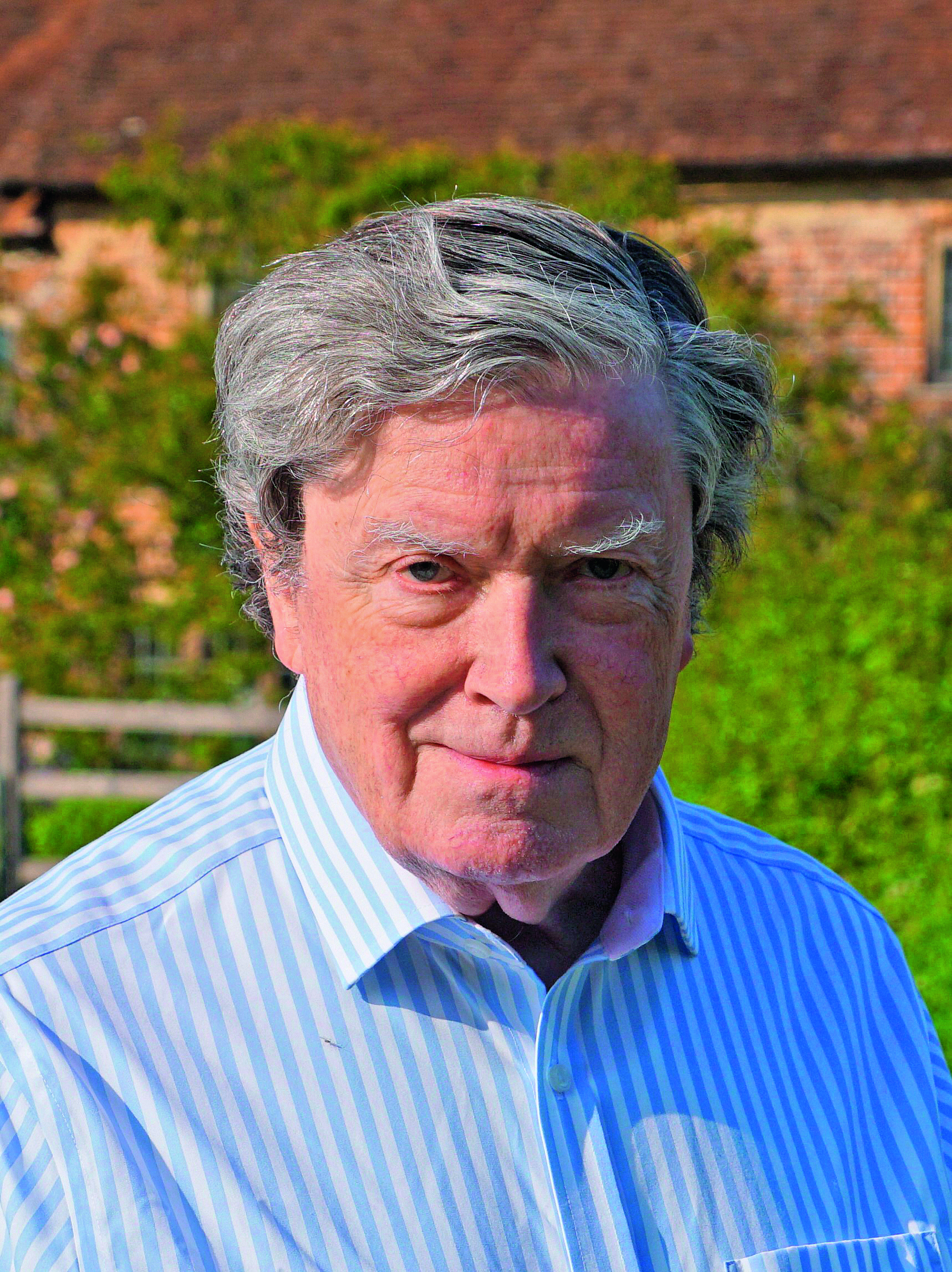Leonardslee: The gardens that light up West Sussex
Changes are afoot at the famous rhododendron gardens of Leonardslee, which are now being planted for year-round interest. Charles Quest-Ritson reports.

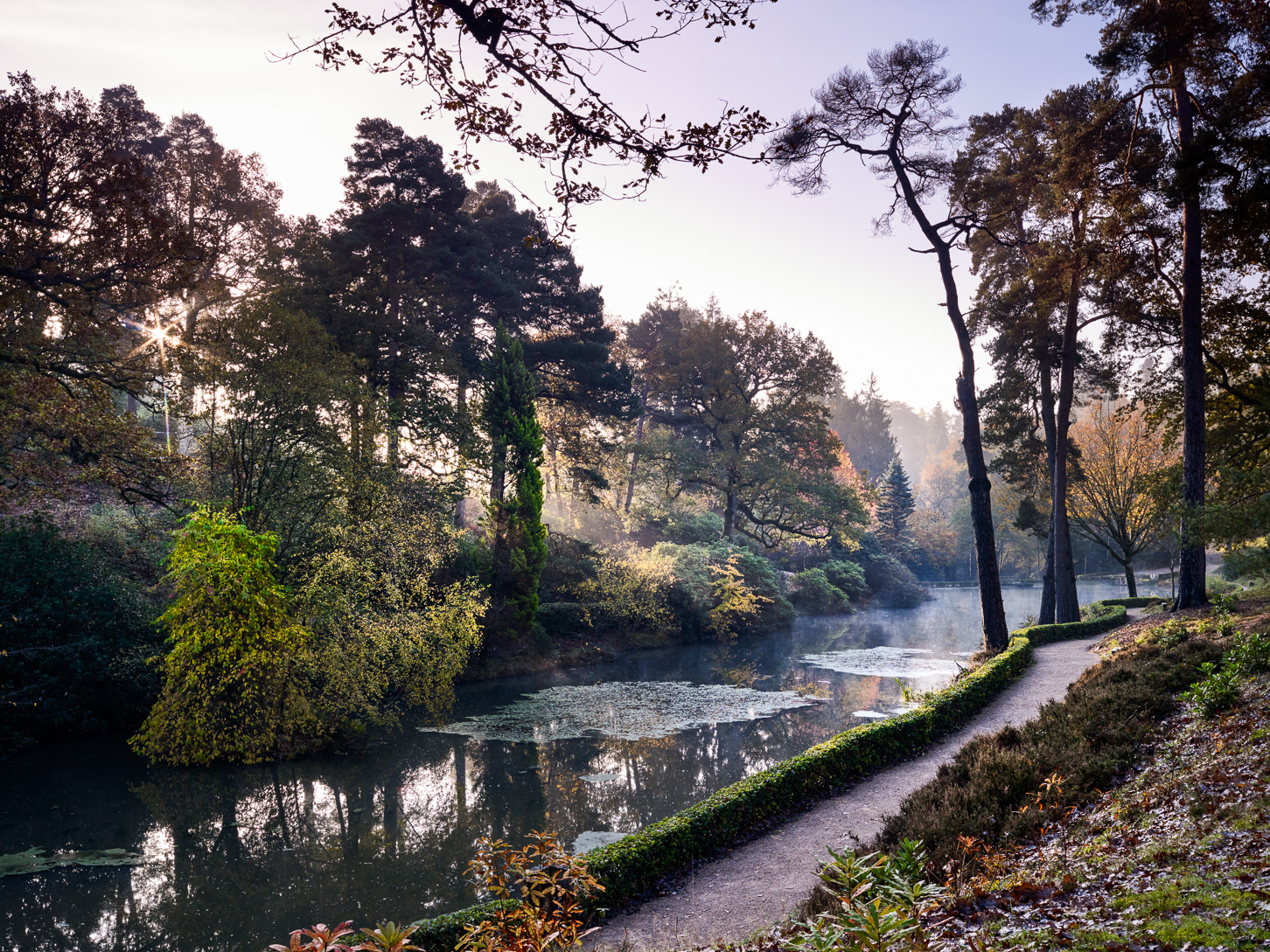
The gardens at Leonardslee in Sussex are famous for their rhododendrons and azaleas in spring, especially for the hybrids bred by Sir Edmund Loder more than 100 years ago. It is less well known for the glorious colours that its thousands of deciduous trees and shrubs flaunt in autumn. Yet Leonardslee is good for a visit at any season because there is no end to what the keen gardener will learn and enjoy.
The history of these gardens is inevitably bound up with the Loder family. In 1889, Sir Edmund Loder bought the 1,000-acre estate from his father-in-law, William Hubbard, who had planted many of the oldest trees still standing in the sheltered valley. Before that, earlier in the 19th century, Charles Beauclerk MP, a descendant of the 1st Duke of St Albans, had planted a fashionable American garden, with conifers and other exotics from the US.
The history of the site, however, actually goes back to the 16th century, when the Sussex iron-mining industry expanded very quickly throughout the High Weald. The lakes that give Leonardslee so much of its charm were originally hammer ponds, built to turn the wheels that powered the furnace bellows.
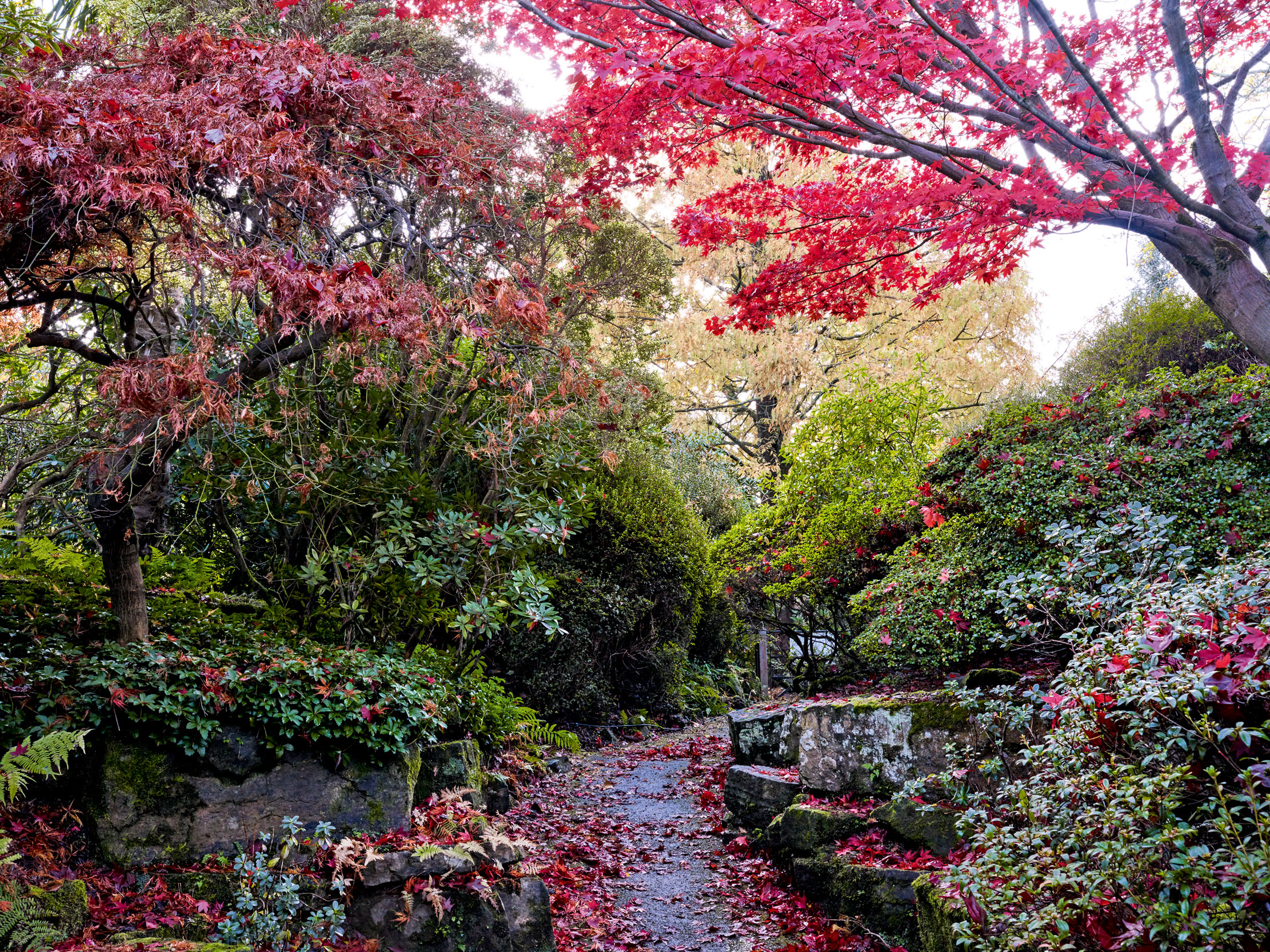
The steep slopes of the main valley were thickly planted by Sir Edmund. He was born to the horticultural purple: his father, Sir Robert, and his nephew Col Giles Loder made the garden at High Beeches and his brother Gerald (later 1st Baron Wakehurst) planted the garden at Wakehurst Place that is now an outlier of the Royal Botanic Gardens at Kew. When Sir Edmund died in 1920, his heir was his five-year-old grandson Giles. The garden then marked time until Sir Giles married Marie Symons-Jeune, herself from a noted horticultural family — Giles and Marie were the first husband and wife both to be awarded the prestigious Victoria Medal of Honour by the RHS.
Sir Edmund had a particular interest in rhododendrons and Leonardslee is still one of the best places to see both species and hybrids of the genus. His own Loderi hybrids are crosses between hardy, vigorous R. fortunei and sweet-scented, large-flowered, but tender R. griffithianum, but he was, above all, a horticultural generalist — a passionate plantsman. He bought from nurseries all over the world, supported professional collectors, collected plants in the wild himself, exchanged plants with other gardens (especially with botanists at Kew and Edinburgh) and exhibited them at RHS shows.
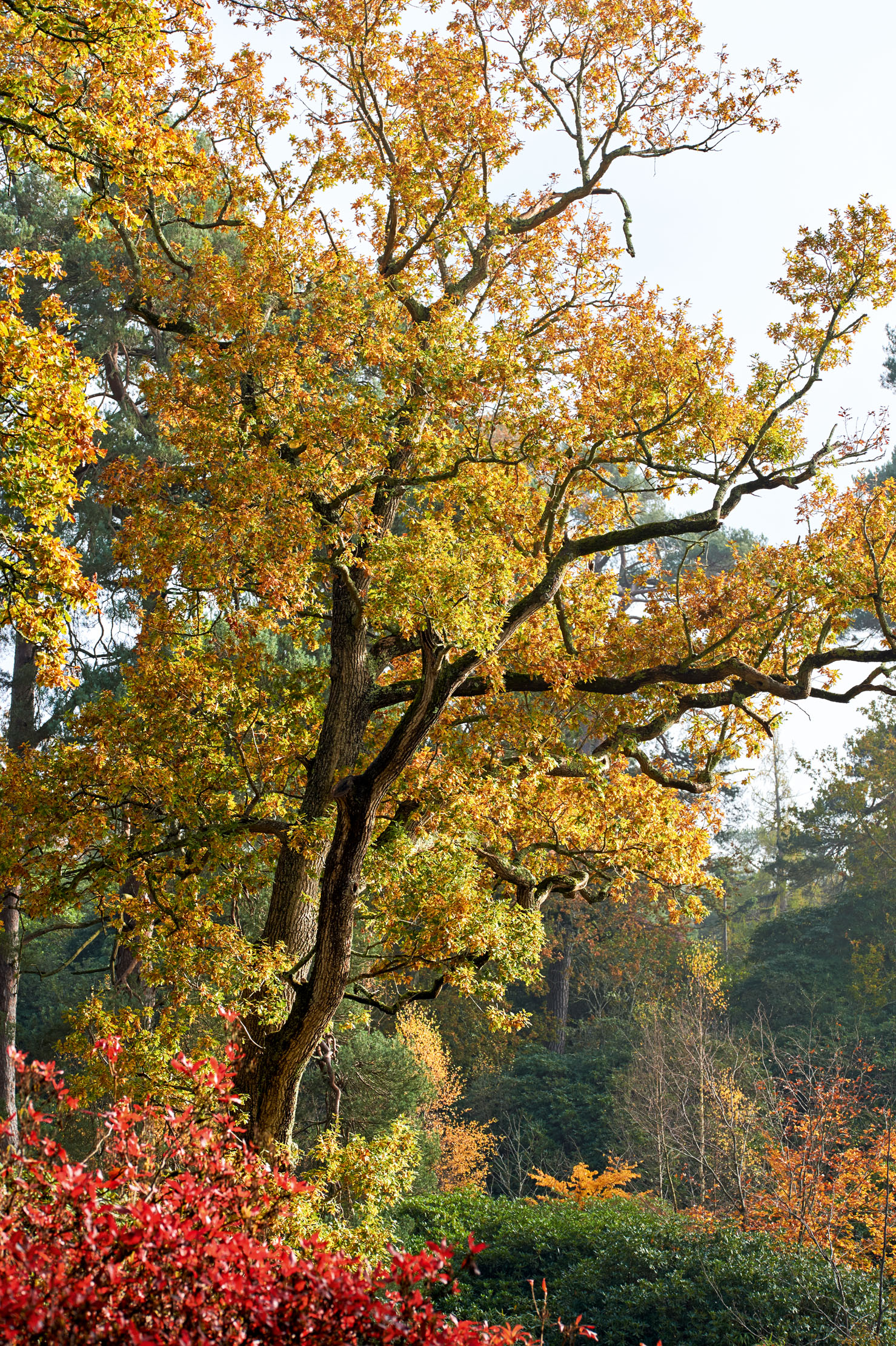
His grandson, Sir Giles, was a plantsman in the same mould, with a personal enthusiasm for camellias, although he was immensely knowledgeable about a wide range of plants and their cultivation. His own son Robin, in turn, played an increasing part in managing the garden from about 1980 onwards and took a positive view of the immense damage wreaked by the great storm of October 16, 1987. He knew that the gardens were so stuffed with overgrown plants that many of the survivors would be grateful for the extra space to grow and flourish.
The Leonardslee estate today extends to some 240 acres, of which 90 are given to the deer park and the remaining 150 acres are garden proper. The core of plantings around the house and the valley amounts to perhaps 40 acres, but there are good plantings and exciting trees and shrubs to be found all over. The context is of native oak woodlands and Scots pines, which provide shelter for the exotic introductions but often become remarkable trees themselves.
Exquisite houses, the beauty of Nature, and how to get the most from your life, straight to your inbox.

Until recently, little effort was made at Leonardslee to plant for autumn leaf-colour or fruit. Robin Loder, however, planted a Maple Walk in the 1990s, where some 200 species and cultivars have grown away well. And there is an extensive collection of older maples throughout the garden, the leaves of which take on a great range of colour in October and November. Many are forms of Acer palmatum, the species cultivated for so long in Japan that some 800 cultivars are currently available from British nurseries. Those with purple leaves often turn bright scarlet in late October, but the whole range of shades, through yellows, oranges and reds of every hue, is on show around Leonardslee's lakes. Look out for the cultivars known as ‘Albomarginatum’ (30ft high), ‘Kagiri Nishiki’ (35ft high) and ‘Reticulatum’ (32ft); the specimens in the area at the top of the garden known as the Cross Paths are all champion trees of Britain and Ireland for their height.
In the 1890s, Sir Edmund installed a vast rock garden near the house. It was designed by James Pulham & Sons, the great experts of their day who invented a durable substitute for real rocks that they called Pulhamite — the RHS rock garden at Wisley in Surrey is another of their creations, artificial, but totally convincing. Leonardslee's rock garden also incorporates local sandstone and was planted with a mixture of alpine plants, dwarf conifers and hummocky miniature azaleas. Among the tiny plants that have now grown to immense size are Acer palmatum ‘Seiryu’ and the flowering dogwood Cornus kousa ‘Miss Satomi’. Both produce excellent autumn colour.
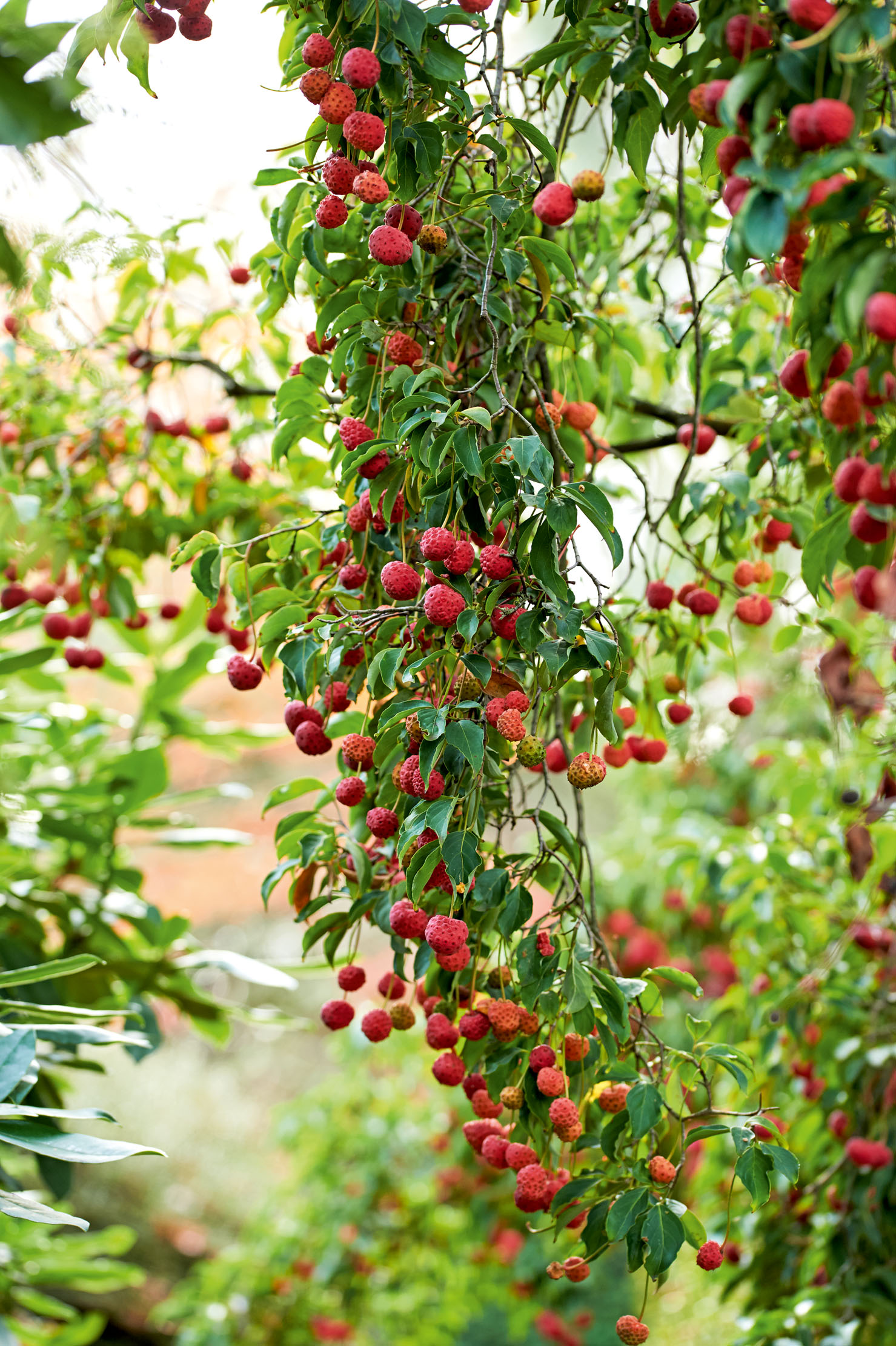
Most deciduous dogwoods are dependable for the colours of their dying leaves. Leonardslee has a good collection of cultivars and you find them all through the garden — likewise bushes of Enkianthus perulatus, which turn to dark red or crimson, and those of E. campanulatus, which are usually more orange. Forms of Cotinus coggygria, such as ‘Royal Purple’, are dependable for their autumn colouring, as are large clumps of Aralia elata, with leaves that may reach as much as 4ft in length. But perhaps the best of all autumn colour is to be found by standing by the Rotunda and looking across to a steep tributary valley known as Mossy Ghyll. It is planted from side to side with hundreds, perhaps thousands, of the common yellow azalea Rhododendron luteum. Their sumptuous scent and colour in May are followed by brilliant red leaves in autumn.
Pride of place among the deciduous conifers at Leonardslee must go to the ginkgos, which turn a pure rich yellow that is recognisable from afar, but Pseudolarix amabilis and Metasequoia glyptostroboides, the fossil tree, also change colour quite dramatically and show up well against the darker hues of evergreens. Soon, the evergreen Cryptomeria japonica (Elegans Group) ‘Elegans’ will change its colour from green to reddish brown for the duration of the winter. There is a very fine specimen on the edge of Engine Pond.

North American trees are particularly reliable for their autumn colour, especially Nyssa sylvatica, and Oxydendrum arboreum. There is a grove of Liquidambar styraciflua on the eastern edge of Waterfall Pond and the Chinese species L. formosana at the south-east corner of Engine Pond has recently been confirmed as the tallest in West Sussex. American oaks, such as Quercus rubra, Q. lyrata and Q. marilandica, often colour well in autumn, although they are not as spectacular in our climate as they are in the wild. On the other hand, the American hickories Carya laciniosa and C. ovata are dependable autumn performers at Leonardslee.
Plantings since 1987 have sometimes been made for comparative purposes. On the Bluebell Bank, for example, is a group of different birch species, including Betula nigra, B. lenta, B. utilis and B. alleghaniensis. All of them turn to shades of yellow in autumn, but their trunks show up the differences between them more obviously in winter.
Leonardslee was bought in 2017 by Penny Streeter, a South African millionaire who has begun to develop the commercial potential of the estate. The garden now has 12 gardeners (Mr Loder had seven) and is in the process of rejuvenation and modernisation under the aegis of the able head gardener Jamie Harris. He is very much aware that the plantings need to be boosted by summer-flowering plants around the lakes. Some 300 hydrangeas will be planted later this month, with special use made of H. aspera forms. More summer-flowering trees, such as Hoheria and Eucryphia, will be added, as well as several hundred Agapanthus cultivars chosen for their size and vigour. Two new winter walks are also under development.
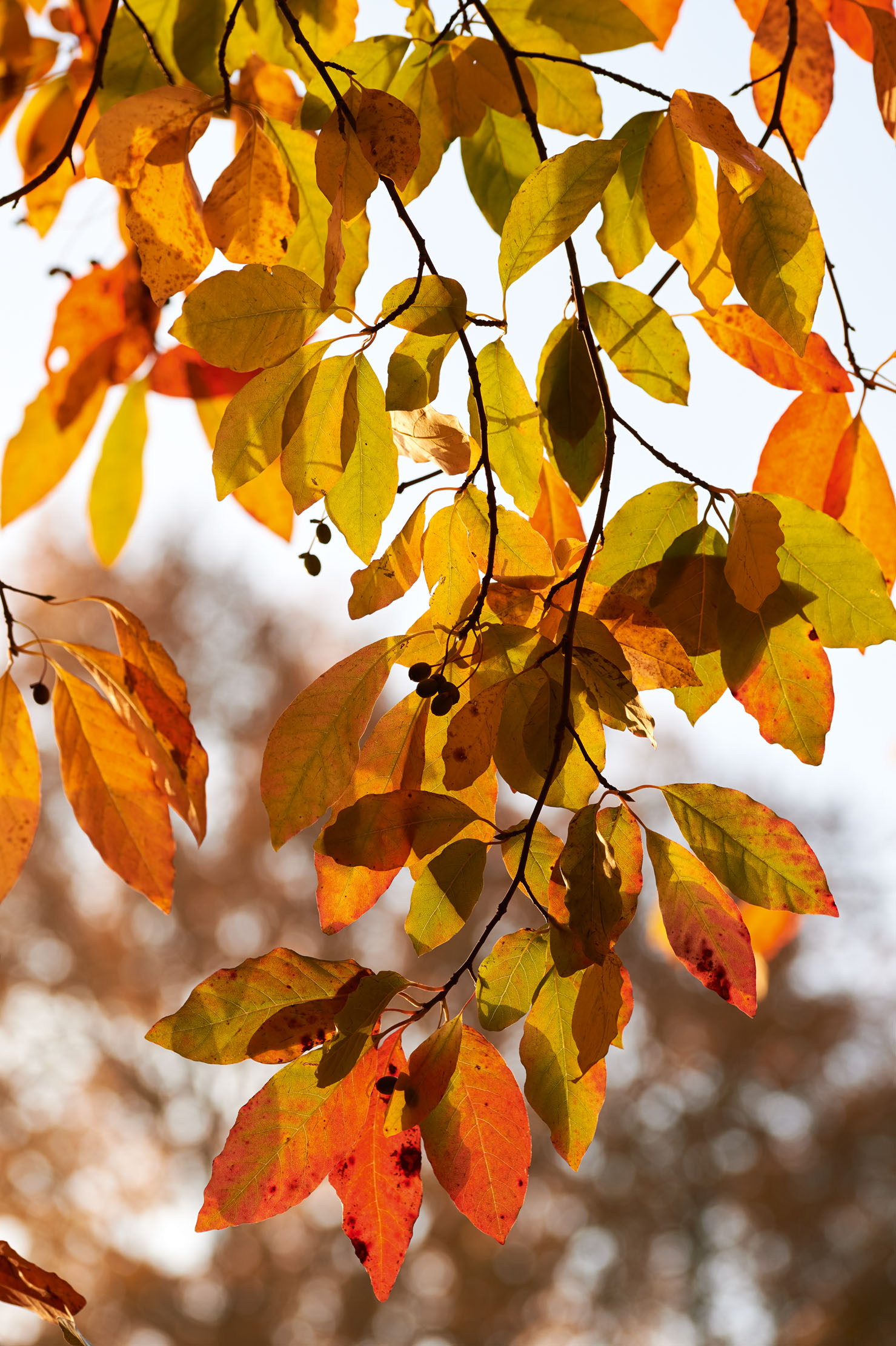
Against such excellent plans for summer and winter, it is fair to ask what Mr Harris has in mind to reinforce the horticultural interest in autumn. One feature that is currently lacking is autumn fruits and berries. There are a few species of Sorbus, including two fine young English rowans, S. aucuparia, near the top of Waterfall Lake, but the profusion of cotoneasters, berberis and pyracanthas that contribute so much to other Sussex gardens is missing from Leonardslee.
However, Mr Harris is already onto the problem and is driving the development of the whole garden with commendable acuity. What you see is changing — and changing quickly. Leonardslee is very much a garden to revisit regularly throughout the year, both to monitor the restoration of the old plants and plantings and to enjoy the new ones.
Leonardslee Lakes and Gardens, Brighton Road, Horsham, West Sussex — 0871 873 3389; www.leonardsleegardens.co.uk

The gardens at Great Dixter: How Christopher Lloyd's labour of love lives on
The swashbuckling dahlias still thrill in the late, great Christopher Lloyd's at Great Dixter — in Northiam, East Sussex —

The Cotswolds farmhouse gardens transformed from dilapidation to beauty
This former working farm in the Cotswolds with its scattering of ancient buildings has been transformed into a series of
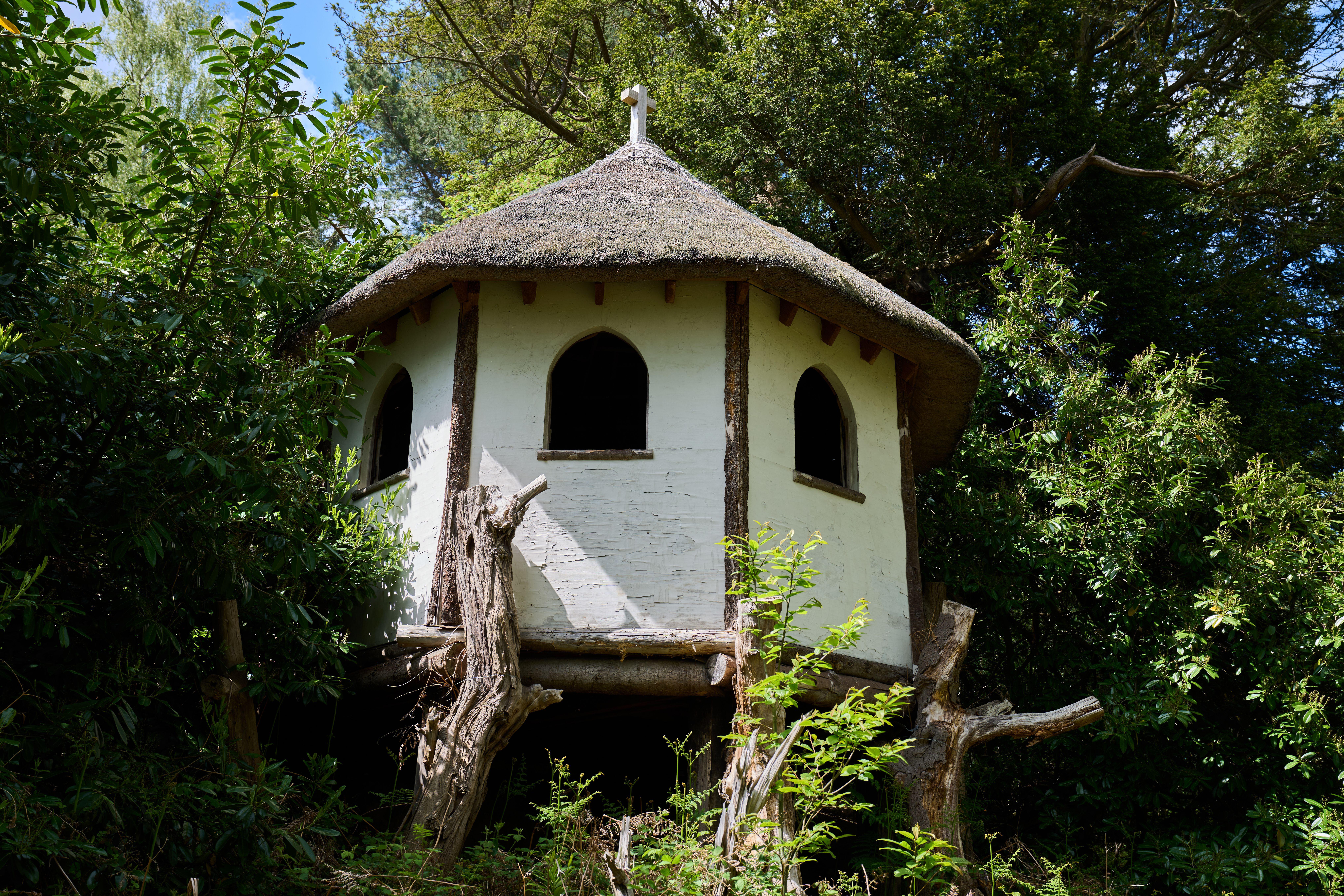
What is a garden hermit?
Martin Fone takes a look at the curious history of the hermits who spent years living happily in the grounds
Charles Quest-Ritson is a historian and writer about plants and gardens. His books include The English Garden: A Social History; Gardens of Europe; and Ninfa: The Most Romantic Garden in the World. He is a great enthusiast for roses — he wrote the RHS Encyclopedia of Roses jointly with his wife Brigid and spent five years writing his definitive Climbing Roses of the World (descriptions of 1,6oo varieties!). Food is another passion: he was the first Englishman to qualify as an olive oil taster in accordance with EU norms. He has lectured in five languages and in all six continents except Antarctica, where he missed his chance when his son-in-law was Governor of the Falkland Islands.
